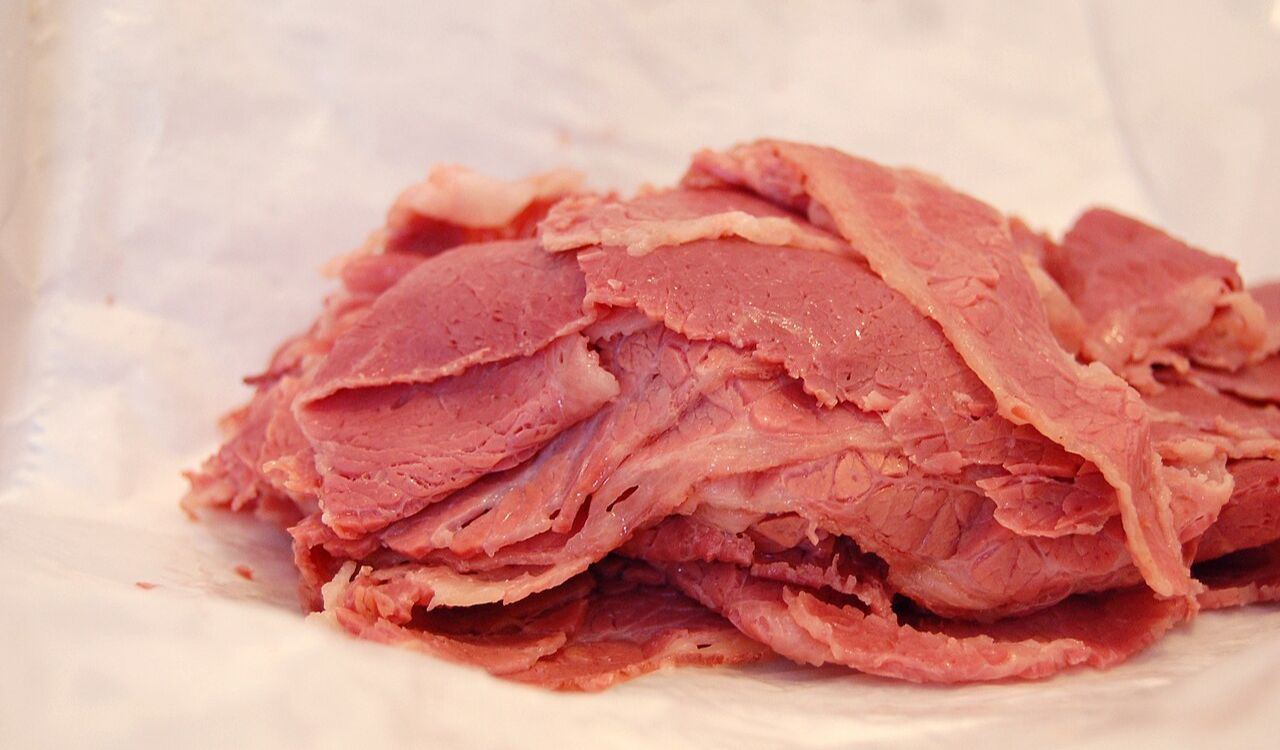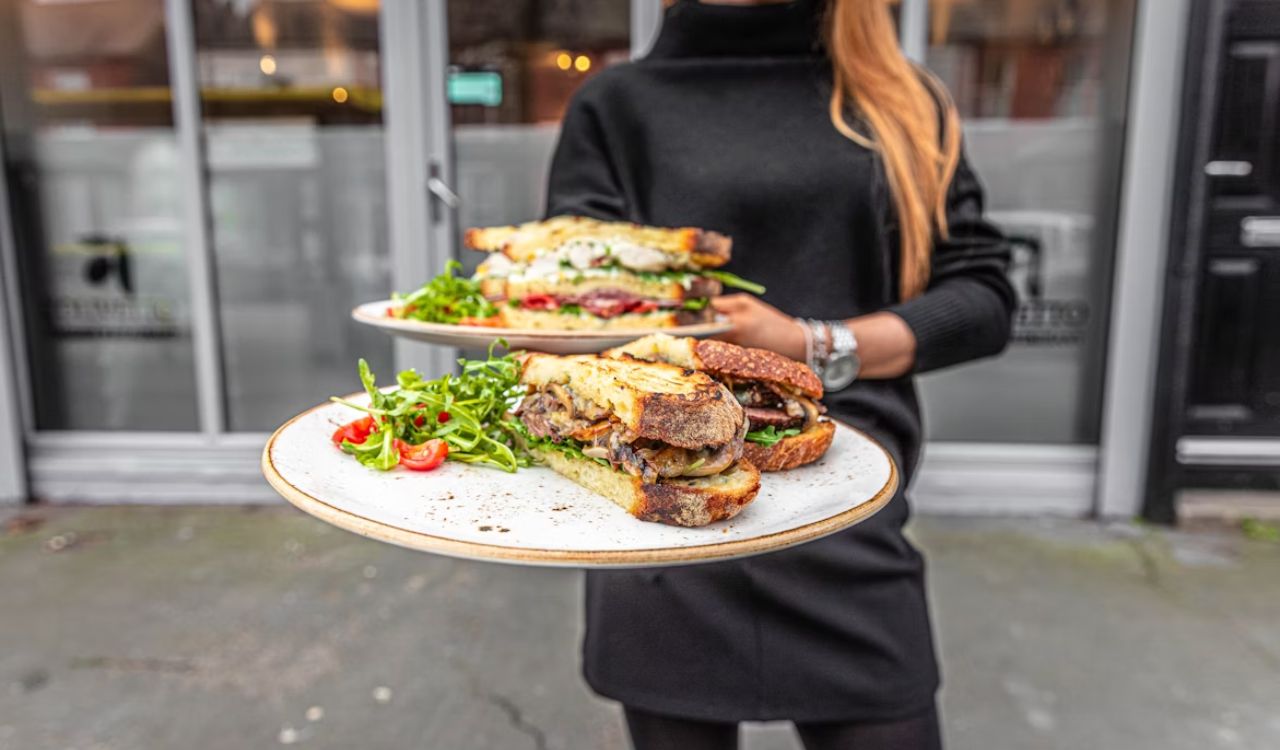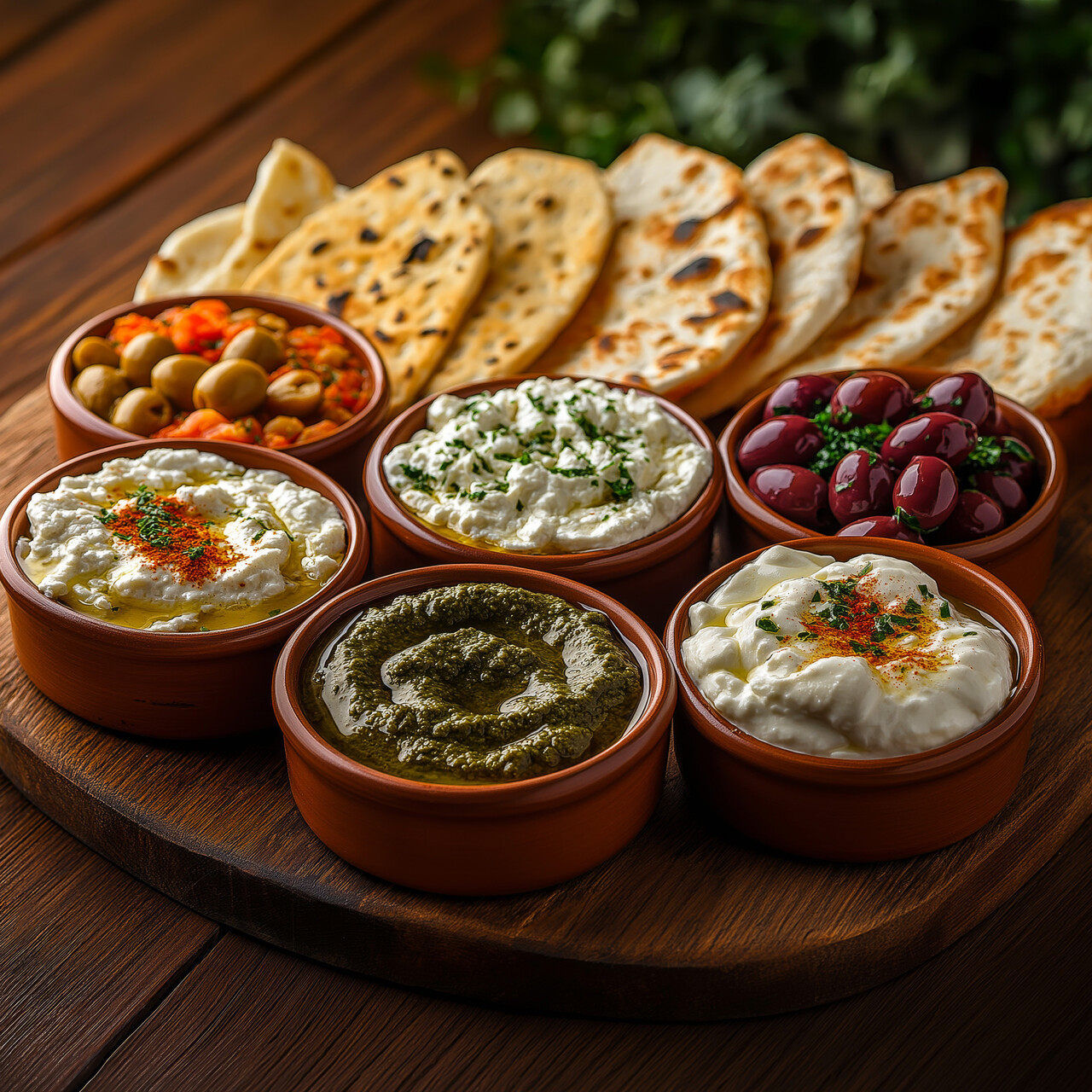The Alton Brown Steak Trick That Changes Everything

Alton Brown isn’t just another TV chef; he’s a food scientist in disguise. When he introduced his unconventional steak technique years ago, it quietly rewired how serious home cooks thought about heat, flavor, and timing. This isn’t about fancy gadgets or secret marinades-it’s about understanding how meat behaves under heat.
Most steak guides lean on the same advice: hot pan, short sear, rest. Brown’s method bends those rules. He prioritizes physics over flair, proving that temperature and patience-not brute force heat, are the real keys to steak mastery.
So what exactly makes his approach so different? Let’s break it down piece by piece and see why this method consistently turns out a perfectly cooked, tender steak with a caramelized crust and a juicy, pink center.
The Genius of the Reverse Sear
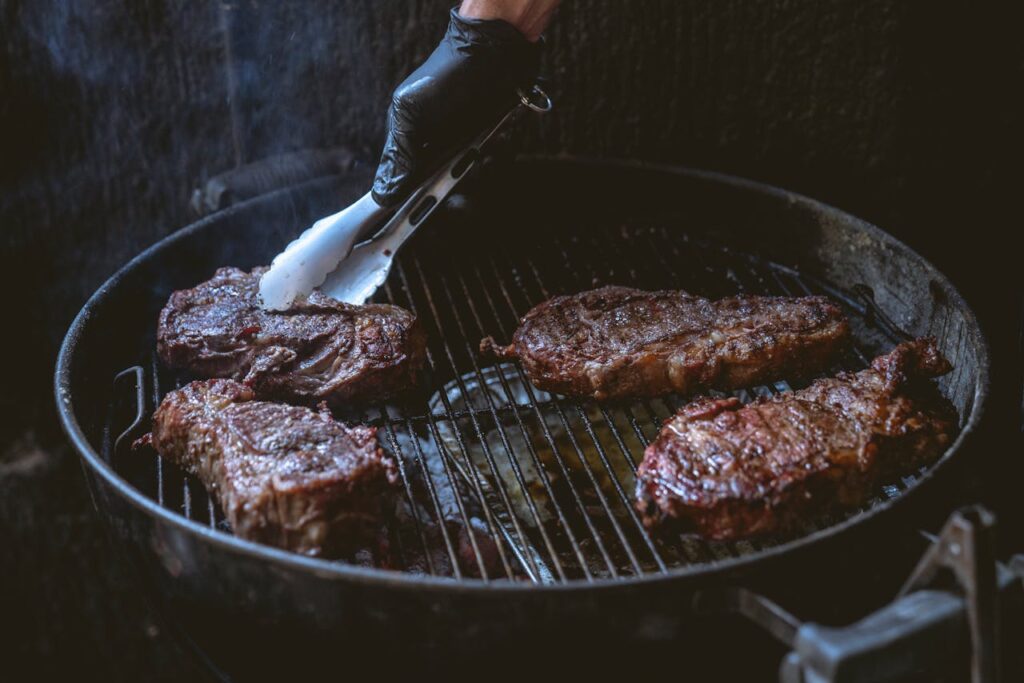
The core of Alton Brown’s trick is the reverse sear method that starts low and finishes hot. Instead of searing first, you slowly bring the steak to temperature in the oven, then blast it in a blazing pan or under a broiler.
This approach gives you control. It cooks the meat evenly, avoiding the dreaded gray band of overcooked flesh that plagues traditional searing. The final sear isn’t about cooking-it’s about creating that golden crust that makes steak irresistible.
Why Reverse Searing Works
Meat fibers contract aggressively when shocked with high heat. By warming the steak gently first, you let those fibers relax, which locks in moisture. Once it’s near your target temperature, the short, intense sear triggers the Maillard reaction, building deep, savory flavor.
What this means in practice is simple: you get a steak that’s evenly pink edge to edge, tender throughout, and still beautifully browned on the outside.
Tools and Temperatures That Matter
You don’t need restaurant gear to nail this method. A wire rack, an oven thermometer, and a heavy pan are enough. Brown recommends cooking the steak at around 250°F (120°C) until it reaches 120–125°F internally, then finishing it with a hot sear for 45–60 seconds per side.
The low-temp phase is where the magic happens. The final sear just completes the story.
The Power of Resting and Finishing

Even after cooking, the steak continues to change. Brown emphasizes that resting time isn’t optional-it’s critical. Those few minutes let the juices redistribute, so the first slice doesn’t bleed out all your flavor.
He also highlights finishing touches that many skip: butter basting, seasoning timing, and surface drying. Each has a reason rooted in food chemistry.
The Science of Resting
When the steak comes off the heat, its internal temperature rises by several degrees due to carryover cooking. Resting helps that even out and stabilize. Brown suggests tenting loosely with foil for about five minutes, not longer, to avoid steaming the crust.
Skipping this step is like pulling a cake from the oven and cutting it right away-it ruins the texture and moisture balance you worked for.
Seasoning and Searing Smarts
Salt draws out moisture, but that’s not a bad thing here. By salting ahead (at least 30 minutes before cooking), the meat reabsorbs its own brine, seasoning it more deeply. A dry exterior before searing is non-negotiable-moisture prevents browning, and without browning, you lose that signature crust.
Why This Method Outshines the Old Way
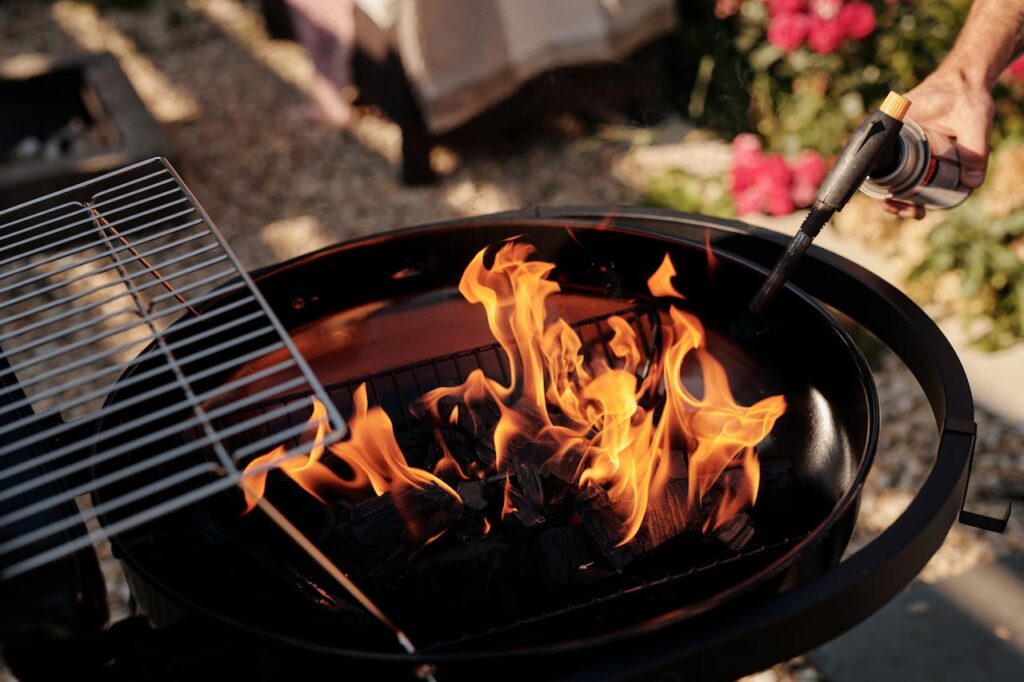
Traditional searing-first methods rely on instinct and speed. Brown’s technique, by contrast, relies on control and predictability. It’s not slower-it’s smarter.
By separating the cooking and browning stages, you can achieve precision every single time. The margin for error shrinks dramatically, especially for thicker cuts like ribeye or strip steak.
Adapting It for Your Kitchen
Gas, electric, or induction-it doesn’t matter. The reverse sear method adjusts easily to any setup. The only rule is patience: let the oven phase do its job before rushing to the sear.
Even if you’re cooking outdoors, the same principle applies. Start the steak on the cooler side of the grill, then finish it over direct flame. The results are pure restaurant quality.
The Bottom Line
Alton Brown’s steak trick works because it respects the science behind great cooking. It’s not a gimmick-it’s the simplest path to consistently perfect steak. Once you understand why it works, it’s hard to go back to the old ways.
Give it one try, and you’ll see: it’s less about following a recipe and more about trusting the process. Heat control, patience, and a final sear-three steps that truly change everything.



